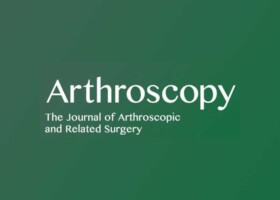
Authors:
Arner JW, Ruzbarsky JJ, Millett PJ
Abstract:
Glenohumeral arthritis is a challenging problem, especially in the young, active patient. After nonoperative treatment, including activity modification, anti-inflammatory medications, physical therapy, and injections, is exhausted, surgical treatment ranging from simple debridement to arthroplasty is commonly offered. Given concerns regarding arthroplasty implant longevity, there is an interest in joint-preserving procedures. In this difficult population, the authors recommend a systematic, inclusive approach to the array of pathologies encountered in the setting of early glenohumeral arthritis: the Comprehensive Arthroscopic Management (CAM) procedure. CAM consists of the combination of arthroscopy, glenohumeral chondroplasty, synovectomy, loose body removal, microfracture, capsular release, humeral osteoplasty, axillary nerve neurolysis, subacromial decompression, and biceps tenodesis. Key perioperative care includes the use of regional nerve blocks to allow immediate physical therapy with the goal of restoring range of motion by 4 to 6 weeks with strengthening beginning at 6 to 12 weeks and return to full activities at 4 to 6 months. Although this is still considered a bridging procedure, the literature has reported 92% survival at 1 year, 85% survival at 2 years, 77% survival at 5 years, and 63% survival at 10 years. Predictors of failure of the CAM procedure include joint space <2 mm, flattening of the humeral head, and abnormal posterior glenoid morphology. Patient selection and education is therefore essential for optimizing outcomes.
You may request a copy of the study: Comprehensive Arthroscopic Management of Shoulder Arthritis
